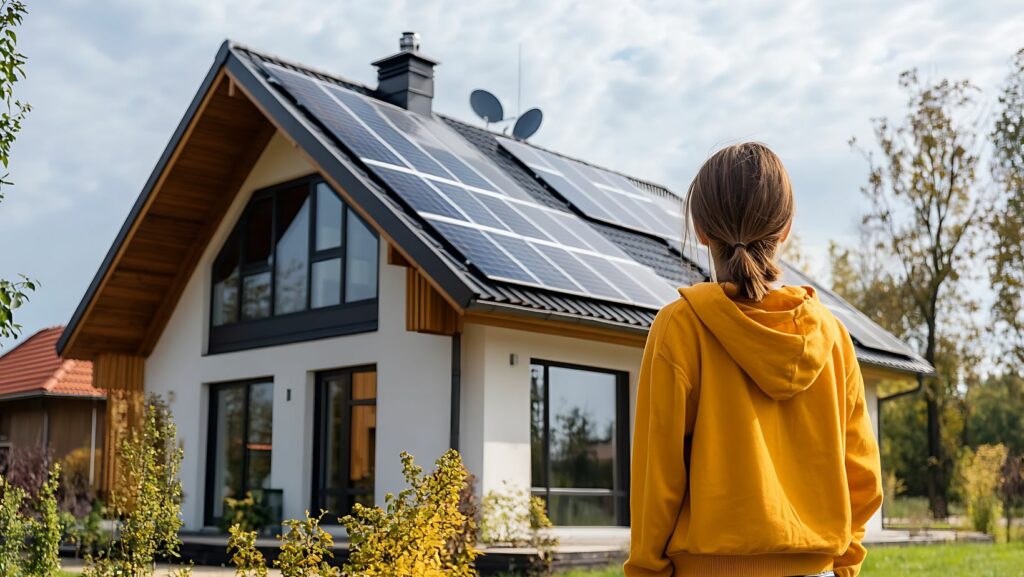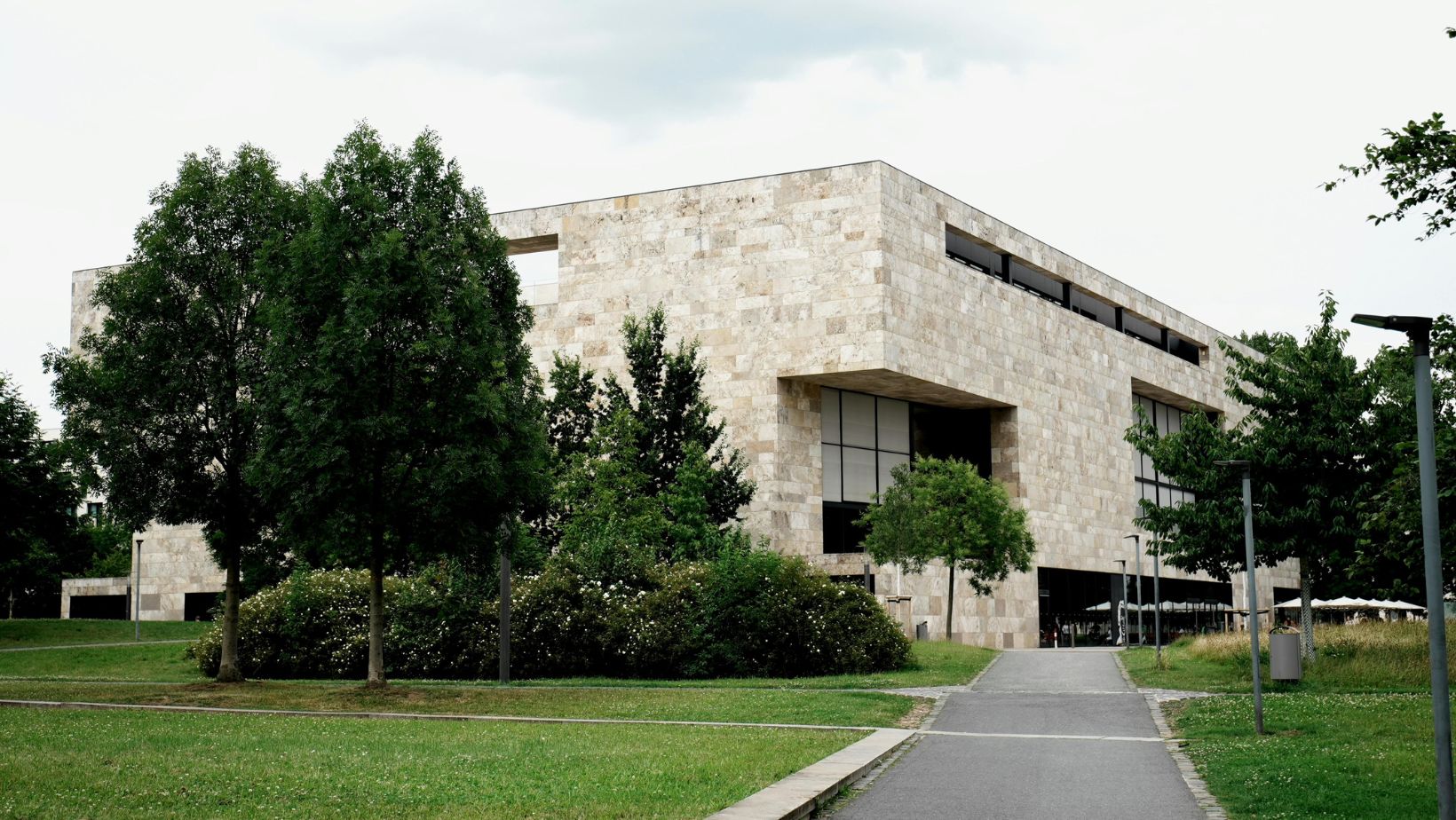Sustainable architecture has moved far beyond a building’s walls and windows. It now includes how a space functions, how it supports modern lifestyles, and how it manages the constant flow of goods and deliveries that urban life demands. As e-commerce and remote work continue to grow, the mailroom and delivery areas have become as critical to sustainability as HVAC systems or lighting design.
Forward-thinking architects are now integrating smart logistics features such as digital mailrooms, parcel lockers, and even mailbox stores into their building concepts. These elements reduce waste, enhance security, and make everyday operations far more energy-efficient.
The Overlooked Element of Green Building Design
Green design often focuses on materials, insulation, and energy consumption. Yet the volume of parcels moving through modern mixed-use buildings has created a new sustainability challenge. Every day, couriers deliver hundreds of packages to residential and commercial spaces across cities. Without efficient systems in place, these deliveries cause unnecessary emissions, wasted staff hours, and lost or misplaced parcels.
For buildings pursuing long-term sustainability certification, unmanaged delivery areas can undermine environmental performance. Innovative parcel management automation offers a solution that blends operational efficiency with ecological awareness.
“A truly sustainable building functions sustainably, not only in its structure but in every daily process inside it.”
Integrating Smart Mailrooms into the Design Process
The mailroom is no longer just a back-of-house feature. It is a hub of activity that connects people, parcels, and digital systems. Designing this space with automation in mind ensures the building operates efficiently from day one.
Modern developments use mailroom management software to automate the entire parcel lifecycle. When a courier drops off a delivery, a quick barcode or OCR scan logs it instantly. The system identifies the recipient, sends an automatic notification, and provides a digital trail for tracking.

Planning these systems early in the design phase enables architects to optimize layout, allocate the appropriate storage space, and integrate technology seamlessly. It also reduces the need for printed records and manual checks, aligning perfectly with sustainability goals.
| Mailroom Function | Traditional Process | Smart System Process |
| Logging Parcels | Manual paper logs | OCR and barcode scanning |
| Notifications | Handwritten notes | Instant email or app alerts |
| Tracking | Limited visibility | Full digital tracking |
| Storage | Overcrowded space | Dynamic storage management |
The Role of Parcel Lockers in Green Design
Parcel lockers have quickly become a cornerstone of sustainable building operations. They allow couriers to deposit packages securely without relying on front desk staff or requiring recipients to be present. Recipients receive a digital code and can collect their parcels at their convenience.
From an environmental perspective, parcel lockers reduce repeat courier visits and idle time, cutting emissions. They also minimize foot traffic and congestion within lobbies, improving flow and reducing the need for large storage areas that require extra lighting or climate control.
Architects are now designing dedicated locker walls or modular locker rooms that integrate with parcel management software. This creates a secure, efficient, and contactless system that complements other innovative building features.
“Parcel lockers are a simple addition that deliver measurable sustainability gains through reduced energy use and better delivery efficiency.”
Mailbox Stores and Multi-Function Delivery Hubs
The concept of a mailbox store within residential or commercial developments is also gaining traction. These spaces serve as hybrid zones for both parcel collection and posting, blending retail convenience with operational sustainability.
By integrating a mailbox store into the ground floor of a development, buildings can consolidate courier access, reducing vehicle movement and delivery duplication. Smart systems handle both inbound and outbound mail with minimal manual involvement.
For larger mixed-use complexes, shared mailbox stores create opportunities for residents and businesses to access local delivery services, reducing individual travel and supporting community-level sustainability. When combined with mailroom management software, these stores operate efficiently, providing accurate data on parcel flow and optimizing courier scheduling.
Designing Buildings That Work Smarter
Smart logistics design improves both sustainability and user experience. Systems that use intelligent parcel management software reduce operational strain, prevent lost items, and lower costs by automating repetitive tasks. For property managers, they provide transparent tracking data and easy reporting for sustainability assessments.
Integrating these systems also enhances building certifications such as BREEAM or LEED, which reward operational efficiency and digital innovation. Reducing paper use, automating energy-intensive manual processes, and optimizing space all contribute to better environmental performance.
| Benefit | Impact on Sustainability |
| Paperless tracking | Reduces material waste |
| Automated notifications | Saves energy and staff time |
| Optimized storage | Lowers lighting and HVAC requirements |
| Reduced courier visits | Cuts vehicle emissions |
| Centralized mailbox stores | Encourages community-level efficiency |
Smart Logistics as a Core Design Principle
Buildings designed with sustainability in mind must now account for logistics as part of the user experience. Integrating systems, such as digital parcel management software, enables architects to create spaces that support both environmental and operational goals.
From parcel lockers to mailbox stores, these features align with the shift toward mixed-use, high-density urban living. They ensure that sustainability does not end when construction is complete but continues through efficient, data-driven operations.
“Smart logistics transforms sustainability from a concept into a daily practice.”
The Future of Sustainable Building Operations
As urban populations and e-commerce continue to grow, logistics efficiency will become a defining element of sustainable building design. Future-ready buildings will include fully digital mailrooms, modular parcel locker systems, and flexible mailbox stores that adapt to changing needs.
By combining mailroom management software and parcel management software with thoughtful architectural planning, designers can create environments that use space wisely, conserve resources, and enhance the quality of life for occupants.
Sustainable buildings of the future will not just be energy efficient, they will also manage every parcel, package, and delivery with intelligence and care. Smart logistics ensures that what happens inside a building is just as sustainable as how it was built.

